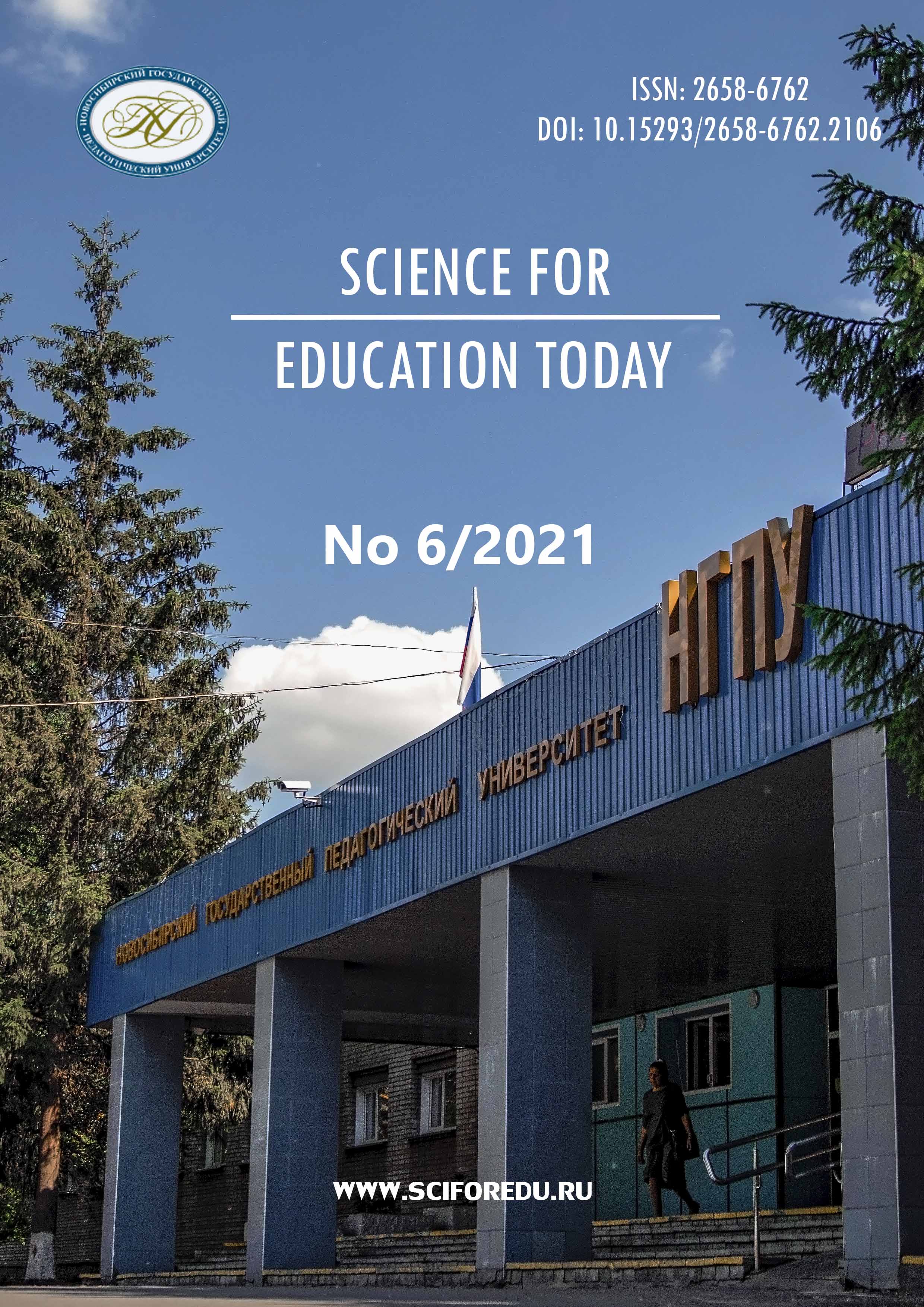Исследование особенностей вариабельности речеязыковых и двигательных процессов у детей с дизартрией
Studying peculiarities of variability of speech, language and motor processes in children with dysarthria
Author(s): Tatyana Aleksandrovna GaryovaSubject(s): Inclusive Education / Inclusion, Sociology of Education
Published by: Новосибирский государственный педагогический университет
Keywords: Speech and language processes; Motor processes; Biofeedback; Comorbidity of verbal and non-verbal processes; Mild pseudobulbar dysarthria; Correlation analysis; Cluster analysis;
Summary/Abstract: Introduction. The author investigates the problem of communicative development of children with dysarthria. The purpose of the research is to reveal the characteristic features of the variability of speech and motor processes in children with dysarthria (in particular, with a mild degree of pseudobulbar dysarthria) and to prove the existence of comorbidity levels of the disorders under study. Materials and Methods. The research is based on international and Russian refereed studies into language and speech, movements for organizing the communicative development of children with dysarthria (L. V. Lopatina, O. G. Prikhodko, T. V. Tumanova, T. B. Filicheva, G. V. Chirkina, Michael Robb, Kathleen Wermke). The research program was complemented by the application of an innovative technology based on biofeedback - Pablo System. The experimental study was conducted at preschool educational settings in Moscow (the Russian Federation). The sample consisted of 450 older preschool children with dysarthria (with a mild degree of pseudobulbar dysarthria) and a similar number of peers without speech disorders. Results. The article describes a modern interdisciplinary problem of studying speech and language and movement disorders in children with dysarthria (mild degree of pseudobulbar dysarthria, erased dysarthria, minimal dysarthric disorders) in the context of determining their codependency and conjugation. The study revealed variative characteristics of speech and language disorders and movement disorders in children with dysarthria. General and specific errors of speech and language and motor disorders in preschoolers of the experimental group were determined. The levels of comorbidity of speech-language and motor processes in children with dysarthria have been identified and scientifically substantiated. Conclusions. In conclusion, the author summarizes the main features of the variability of speech, language and motor processes in children with dysarthria.
Journal: Science for Education Today
- Issue Year: 11/2021
- Issue No: 6
- Page Range: 31-45
- Page Count: 15
- Language: Russian

